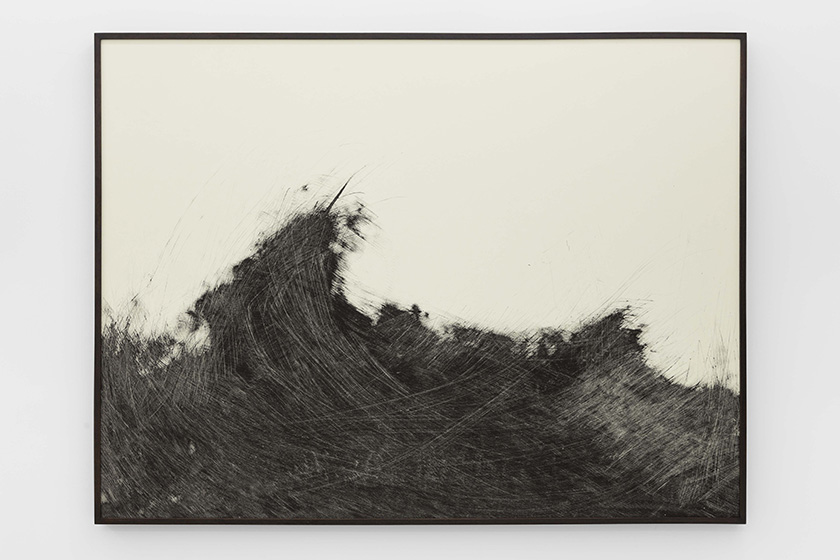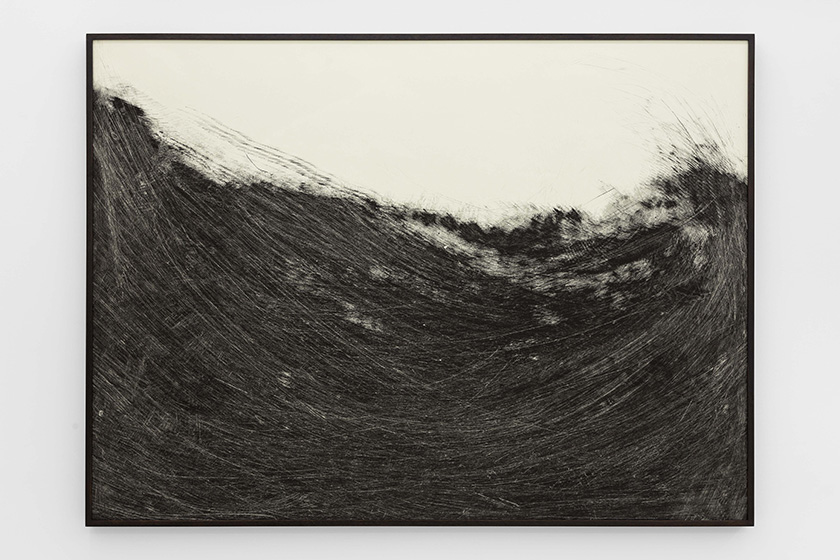Partial view of the solo show O último brilho da estrela que morre [The last gleam of a dying star] (2018)
at Uma Lulik__ Contemporary Art Gallery, Lisbon (Portugal)
Photo: Bruno Lopes © Uma Lulik__ Contemporary Art Gallery
Todas as formas sublimes são transitórias (2), 2018
Inkjet print on japonese paper 70gr
110 x 146 cm
Detail of Todas as formas sublimes são transitórias (2), 2018

Todas as formas sublimes são transitórias (4), 2018
Inkjet print on japonese paper 70gr
110 x 146 cm
Detail of Todas as formas sublimes são transitórias (4), 2018

Todas as formas sublimes são transitórias (8), 2018
Inkjet print on japonese paper 70gr
110 x 150 cm
Detail of Todas as formas sublimes são transitórias (8), 2018
Todas as formas sublimes são transitórias [All sublime forms are transitory] (2018) results from the direct work on film negatives.
This piece, composed by nine works, started in April 2018 with some negatives that I have found at the time in Johannesburg (South Africa). From the inscription on the envelope and by watching them in backlight it was possible to see that they were records of a land nearby that was being prepared for the extraction of gold in the early twenties.
In these negatives, the whole area of the image that allowed the identification of the place was scraped. In the final print, on very fragile 70gr Japanese paper, this area is represented as an irregular spot that varies between black and grey. The only information that has been preserved on the original negatives was the white sky, strangely without the dense clouds that characterize Johannesburg’s sky. In this area of the prints, and because white is not printed, there is only the reiteration of the silence of a total erasure.
The history of Joburg and its landscape are deeply marked by the mining industry, which has operated in the city since the discovery of this metal in 1886. The mines are exploited until the gold is over and after that they are often abandoned. Nature is in charge now, making these events naturally disappear. There is also a naturalization of vision when one is looking to these spaces of a very specific transience without really knowing their recent past. This transience represents forgetfulness, more that an adaptability to the conditions. The soil, in its natural absorption, dissolves the history of the place.
It is undeniable to recognize that Johannesburg’s landscape carries vulnerability with it and this is not only related to the passage of time but also to man's intervention. Here remains the certainty that the sublime forms which escort progress are transitory and perishable. The undergrowth is now covering the places where we get lost.
AnaMary Bilbao, September 2018